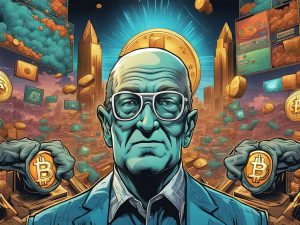What Happens When Art Meets Blockchain? A Look at Art Blocks’ Bold Move
Imagine you own a masterpiece that could very well be a digital Picasso, but there’s a catch—without the platform behind it, that artwork fades into oblivion. Yup, that’s the cold, hard truth for many NFTs out there. But wait! Art Blocks just pulled a fast one that flips the script. They’re now ensuring that about 90% of their projects can be accessed directly from the Ethereum blockchain! As a young crypto analyst, let me unpack what this means for the crypto market, potential investors, and art lovers like you.
Key Takeaways:
- On-Chain Accessibility: A staggering 90% of Art Blocks’ artworks can now be viewed on the Ethereum blockchain.
- Independence: This shift lessens dependence on centralized servers or platforms, ensuring long-term accessibility.
- Technological Arms: Most projects leverage popular programming tools like p5js and threejs.
- Vision for the Future: Art Blocks aims to reshape the art scene, making it sustainable regardless of platform longevity.
What’s All The Hype About?
Alright, so here’s why this matters. Cryptocurrencies and NFTs have struggled with volatility and uncertainties. If the platform hosting your NFT goes belly-up, poof—there goes your investment! By moving to an on-chain model, Art Blocks has not just fortified its artworks against such apocalypse but has also given collectors something to chew on. In the words of Erick Calderon, the founder, "You’re no longer dependent on Art Blocks or any other platform."
This shift signifies a seismic change in art creation, collection, and preservation. And trust me, it creates a new ecosystem where digital assets aren’t just clickable images but tangible investments with longevity.
Why Should You Care?
- Sustainability and Security: Think about it—owning a piece of art that’s housed directly on the blockchain guarantees its availability, even if sentiment swings like a pendulum.
- Trust and Longevity: More creators may be inclined to enter the NFT space if they know their work isn’t tethered to a single entity. This fosters a richer art culture.
- Value Foresight: By backing up art securely, the perceived value of these digital assets could stabilize, drawing in new investors who have previously hesitated.
Diving into the Data
Let’s take a closer look at the nuts and bolts of what Art Blocks did here. They utilized p5js and threejs, popular programming frameworks for creating visuals. This speaks volumes because it illustrates how accessible and widespread the tools for creating digital art are becoming. That’s not just progress; that’s a movement toward democratizing art!
Also, the notion that 90% of their works can now live permanently on a blockchain shifts the narrative from "will my art disappear?" to "this piece can potentially appreciate over time." This shift fosters a deep emotional connection to digital art—something that has been sorely missing in the past.
Practical Tips for Aspiring Investors
So, you’re keen to dip your toes into the crypto art world? Here are some practical tips that may just save your wallet from the perils of ill-advised decisions:
- Do Your Homework: Understand not just the art but the tech behind it. Learn about different platforms and their long-term viability.
- Diversify: Don’t put all your eggs in one basket (or blockchain). Check out various creators and styles to spread your investment.
- Consider "On-Chain": Look for projects that prioritize on-chain accessibility. These are more likely to last and protect your investment.
- Network: Join forums or communities. The more you chat with like-minded folks, the better insights you’ll gain.
- Stay Updated: Follow key players and platforms in the industry—trends can change faster than you can say "blockchain."
Wrapping It Up with a Personal Touch
I must say, it’s exciting to witness the evolution of digital art firsthand. I remember when NFTs seemed like a scam at best and a fad at worst. But with this bold move by Art Blocks, it’s clear that we are standing on the brink of something monumental. They’ve opened the door not just for artists to share their work but for investors to diversify into a space that has more potential than a late-night infomercial.
But here’s the kicker—this new frontier poses questions we haven’t fully unpacked yet. As we move forward, will we solve the issues of intellectual property, or will the crypto art world face an onslaught of counterfeits? Will artists find more income through royalties, or will they be overwhelmed by the sheer volume of competition?
As we navigate these waters, the choices you make today will shape the investments of tomorrow. So, what’s your take? Are you ready to dive into this new era of art, or are you holding back your chips until the coast is clear?

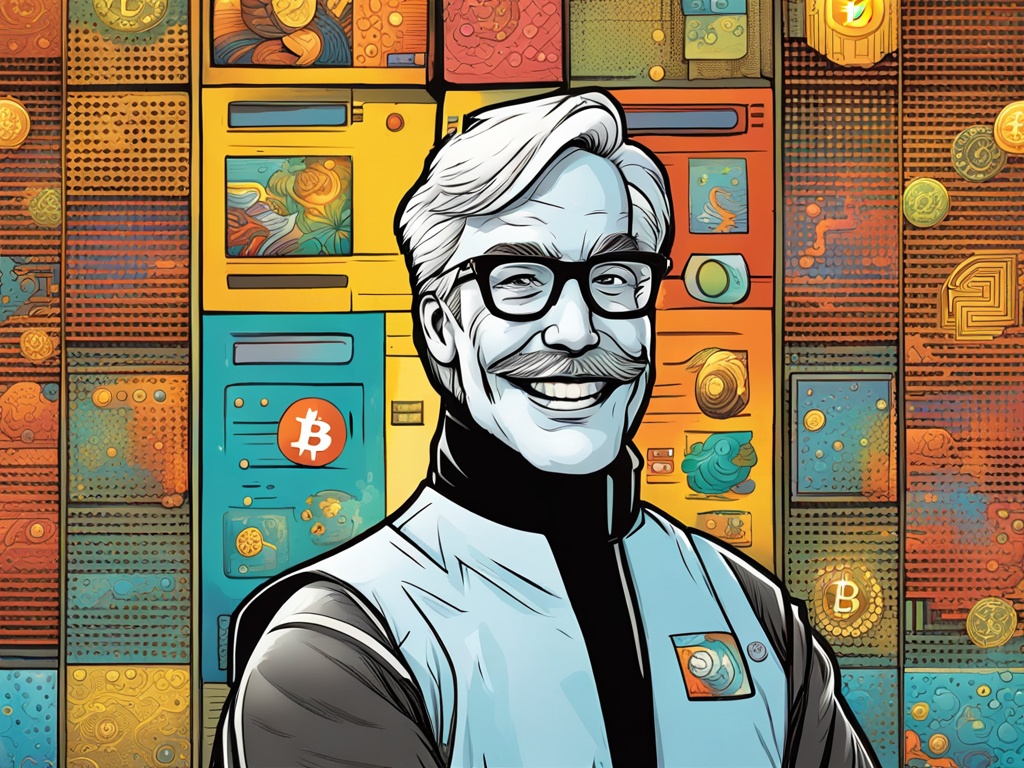
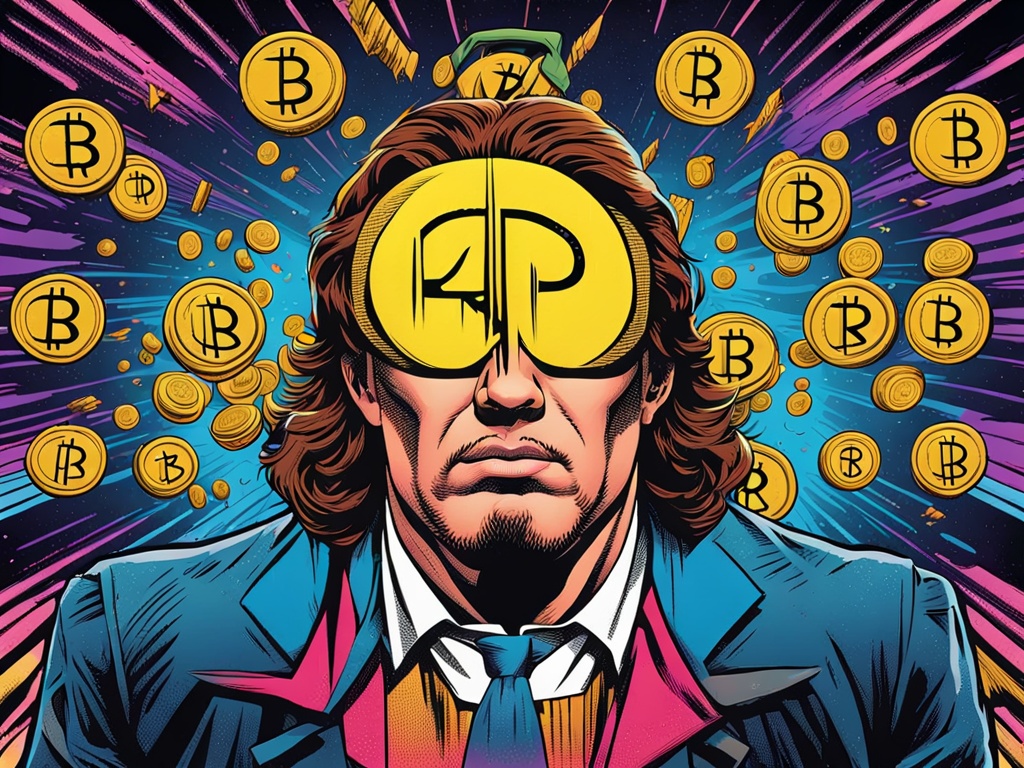
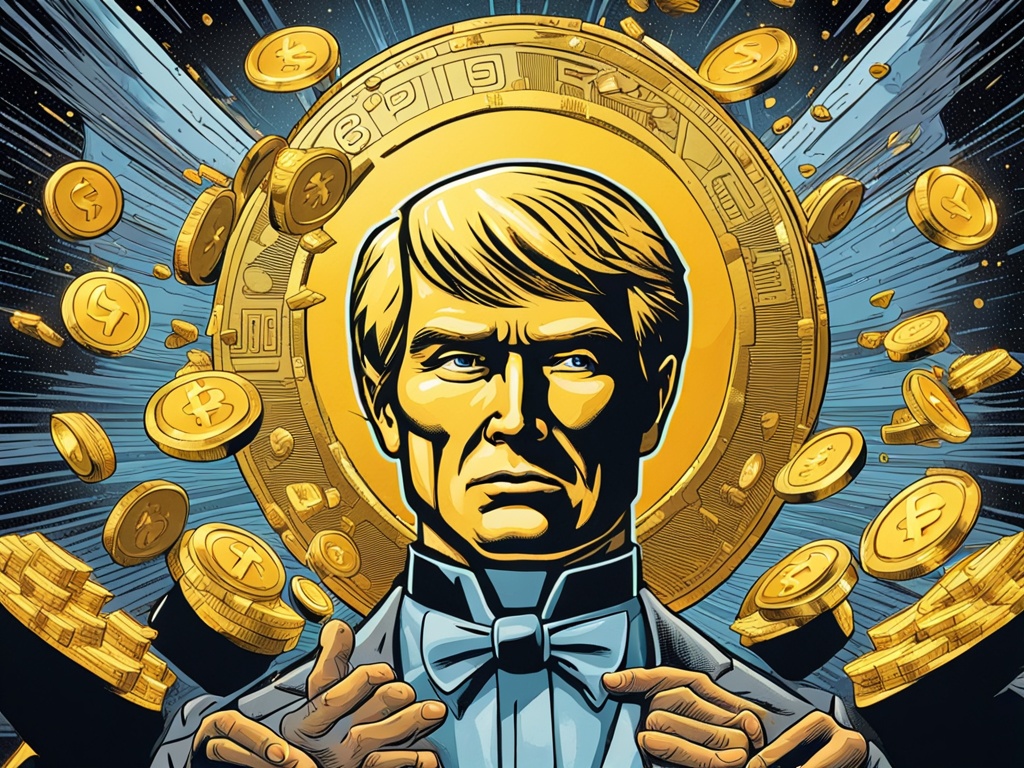
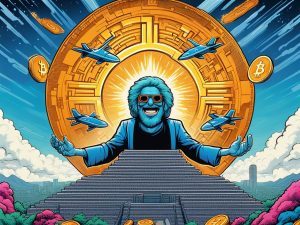
 By
By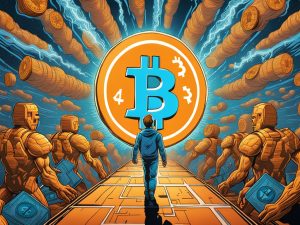
 By
By
 By
By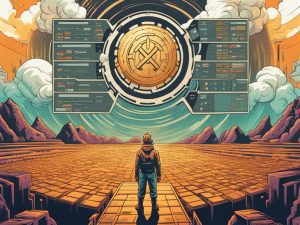
 By
By
